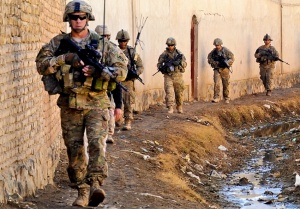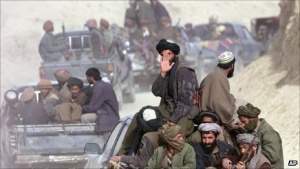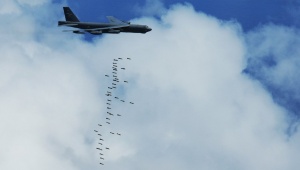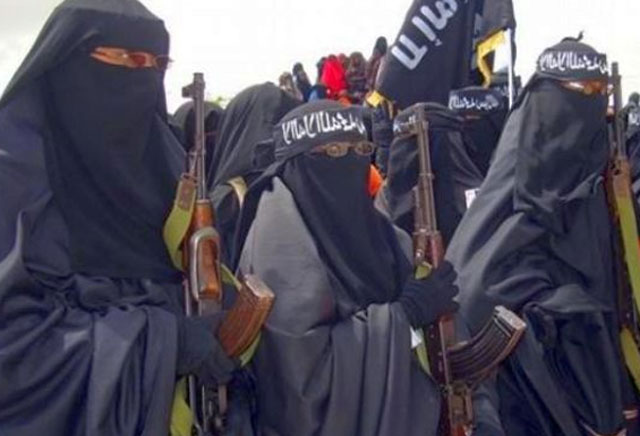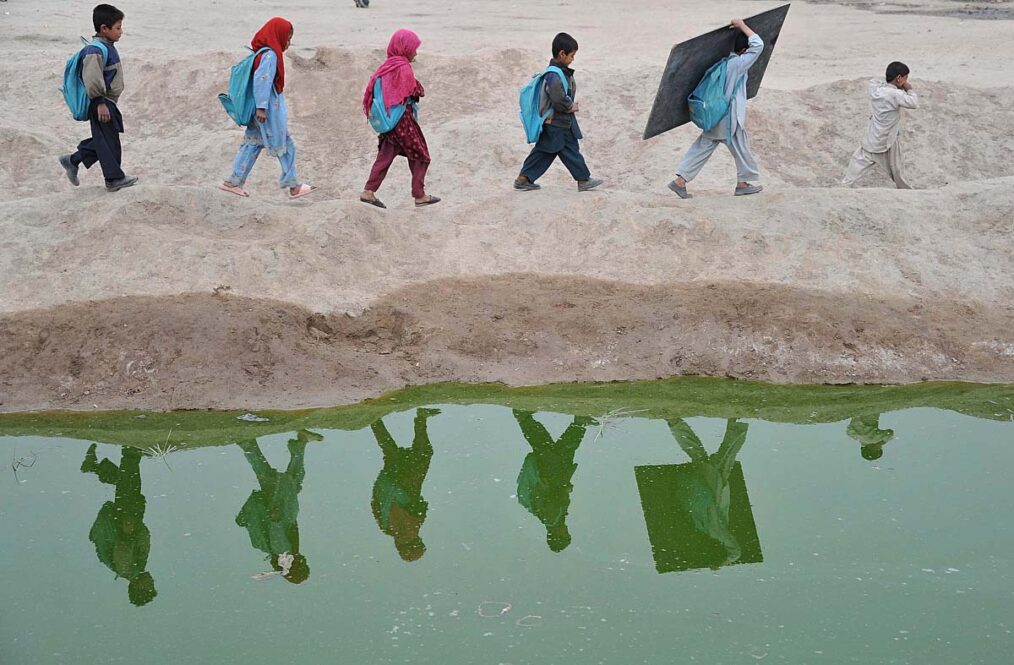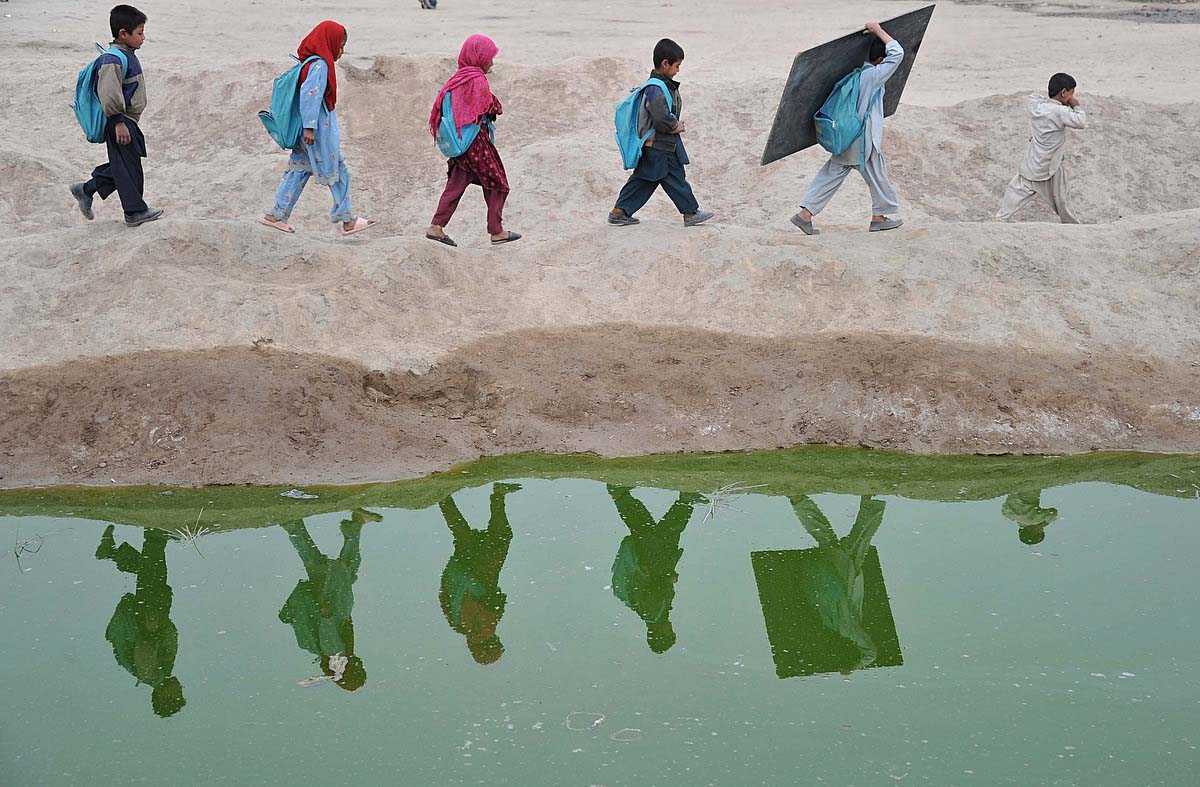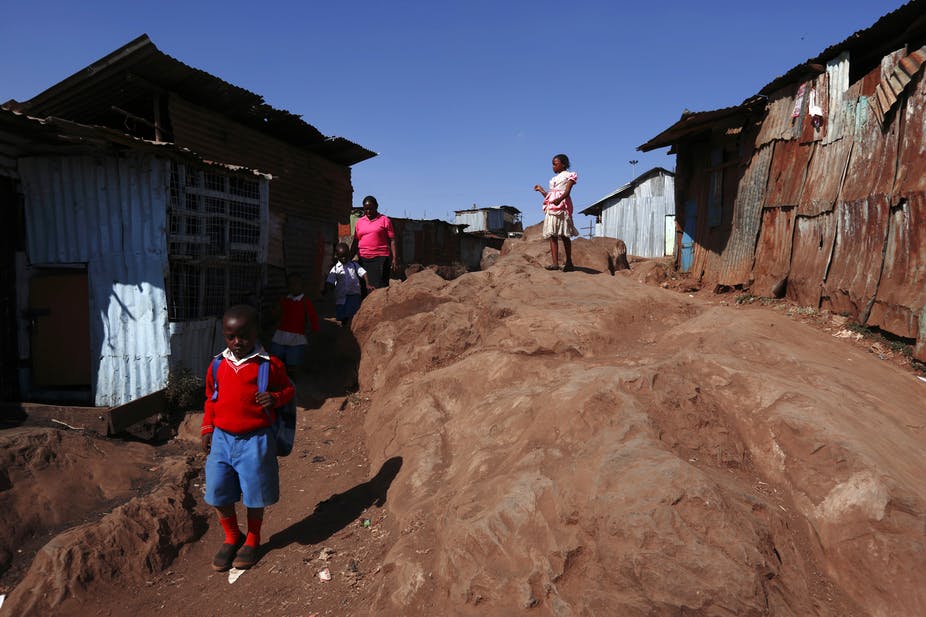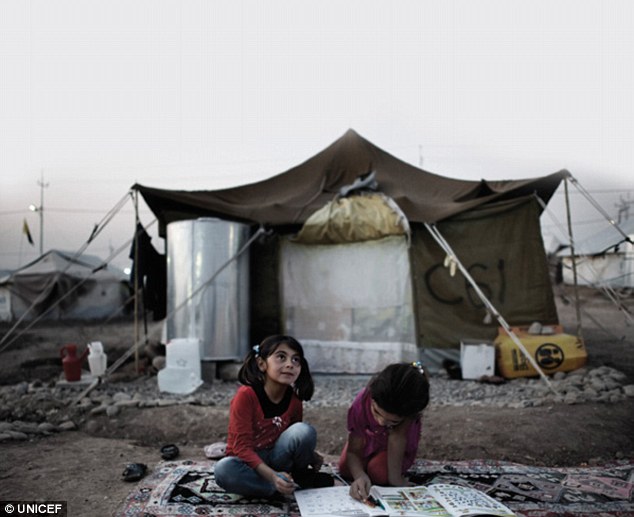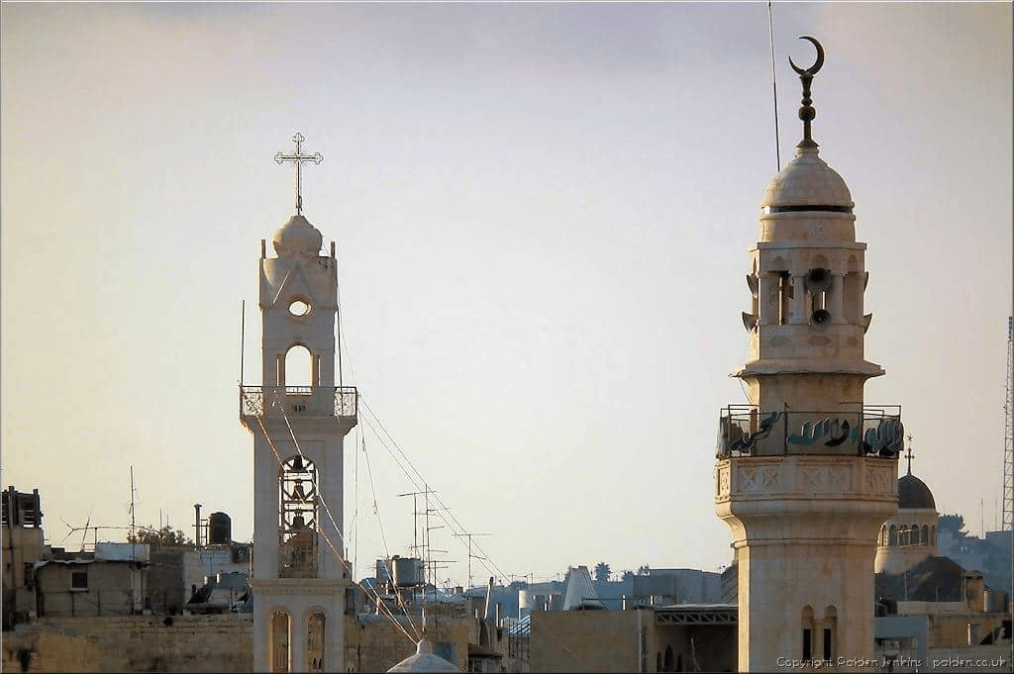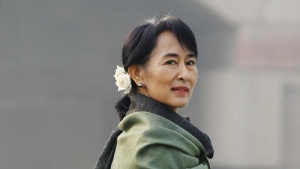
CREDIT: HINDUSTAN TIMES / GETTY IMAGES
Nobel Peace Prize winner Aung San Suu Kyi, who is serving as the de facto leader of Myanmar, has for decades been hailed as a human rights champion. But Myanmar’s Rohingya crisis, in which more than 650,000 Rohingya Muslim refugees have been forced to flee their country, has highlighted a different side of Suu Kyi. She has failed to speak out for the persecuted minority.
In fact, her government even refers to Rohingya militants as terrorists. The media, past Nobel Peace Prize laureates, and diplomats across the world voiced their shock at her nonchalance regarding the brutal crackdown. The ensuing analysis will demonstrate that Suu Kyi’s lauded reputation as a peaceful warrior is largely the product of international hype. Said hype generated as a consequence of her father’s legacy and her status as a political prisoner. All this allowed her to become a symbol of rebellion without the accomplishments and political mettle of a real leader.
In 1947, Army Officer Aung San, Suu Kyi’s father, helped end colonial British rule in then-Burma. Though he was assassinated prior to independence when Suu Kyi was just two-years-old, he continues to be regarded as the founder of the modern nation – persistent conflicts amongst his nation’s tribes, notwithstanding. Using the tumultuous environment as an excuse to grab control, the military junta seized power in 1962 and ruled for the next fifty years. Aung San’s unfulfilled dream would later play a role in Suu Kyi’s rise to power.
Suu Kyi, who left Burma at age fifteen to attend school abroad, returned home in 1988 to visit her ailing mother. She was dismayed to witness the, “…regime’s disastrous nationalization of the economy,” the effect it had on the country, and the regime’s heavy-handed response to protests. Though Suu Kyi had been away from Burma for nearly thirty years and had no political experience, a group of disgruntled lawyers, students, writers, and army officers solicited her to lead the National League for Democracy (NLD), a new political party.
Despite Kyi’s thin resume, the NLD wanted a member of Aung San’s family to “sanctify their mission” and she accepted their request. She became the secretary general of the party and petitioned for the military leaders to transfer their power to a civilian government, with the overarching goal of establishing a society wherein the country’s various ethnic groups could peacefully coexist.
The following year, the military junta imprisoned Suu Kyi and the majority of the NLD’s leadership after they won the general election and placed Suu Kyi under house arrest for fifteen years. The junta had hoped to defuse her political will and the support she was garnering, however, they had “inadvertently turned her into an emblem of the struggle against them.” In 1991, Suu Kyi won a coveted Nobel Peace Prize in absentia due to her “non-violent struggle for both democracy and human rights.” This award rallied global opinion in favor of her peaceful platform.
Released from house arrest in 2010, Suu Kyi, whose popularity grew while she was imprisoned, reconnected with the NLD, which won forty-three out of forty-four seats in parliament in the 2012 election. This win placed Suu Kyi in parliament as leader of the opposition just two short years after her official release. In 2015, Myanmar participated in their first open, free and fair election since 1990, and the NLD secured their parliamentary majority. Suu Kyi experienced a swift rise to power, yet she had only lived as a free woman for a short period of time.
Despite the positive changes in Myanmar during the last several years, Suu Kyi’s response to the current Rohingya crisis has bitterly disappointed her former supporters, with some demanding she be stripped of her Nobel Peace Prize. In retrospect, Suu Kyi’s indifference to human rights is not new. Not only does Suu Kyi lack true political experience, she has long displayed an unsettling bias against particular ethnic groups in Myanmar.
In 2003, fellow Nobel Peace Prize laureate Jody Williams, who visited Suu Kyi under house arrest, reported that Suu Kyi had not once mentioned human rights, even though those concerns propelled her into her role as a human rights champion. In 2012, an NLD spokesperson asserted that the Rohingya, who have lived in Myanmar for centuries, were not citizens of the country. In an interview the following year, Suu Kyi dismissed questions regarding violence against the Rohingya, stating Buddhists have, also, lost their homes and there was fear on both sides. Suu Kyi also declined to talk about human rights at the Nobel Women’s Initiative meeting, reportedly stating that she was sick of answering questions about the issue.
Furthermore, Suu Kyi’s government has made no effort to annul laws limiting the number of children Muslims can have, hindering inter-marriage and keeping the Rohingya marginalized. These instances of indifference to groups within the country predated her silence on the Rohingya crisis, yet largely failed to grab the media’s attention. Suu Kyi has repeatedly stated her platform ensures universal rights, trading on her father’s dream of Myanmar’s ethnic groups living in harmony.
Her ruthless pragmatism may be designed to ensure she remains the de facto leader to keep the military from recouping power, but this is hypocritical. While Suu Kyi may have been sincere back when she was a powerless dissident, “…her great mistake was actually acceding to power,” which exposed her to situations that would reveal her flaws.
Human nature tends to simplify complex problems, prompting people to, “…overlook their heroes’ flaws, fail to see the challenges they will face in power, and assume that countries are the products of their leaders when it is almost always the other way around.” To be sure, leaders have difficult choices to make and must walk a fine line to stay in power.
Yet Suu Kyi’s inaction on the Rohingya crisis is particularly abhorrent since her fame was predicated on her advocacy for human rights. The international community has every right to feel disappointed in Suu Kyi. But her case betrays a more worrisome reality: when circumstances change, heroes can become villains. Signs of their treachery can often hide in plain sight.



